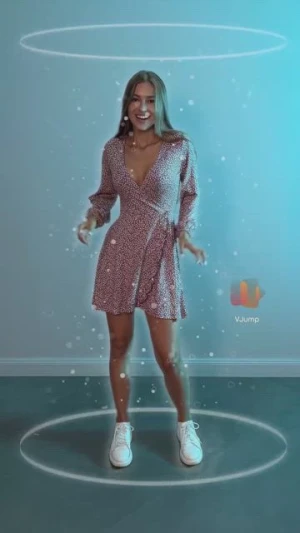7 Easy Steps Mastering the Art of Color Grading in Video Editing.

- 1. What is Color Grading?
- 2. Importance of Color Grading
- 3. Understanding Color Theory
- 4. Basic Color Grading Techniques
- 5. Advanced Color Grading Techniques
- 6. Tools for Color Grading
- 7. Experimentation and Practice
There are many options for improving your photos or videos on social networks like YouTube or Instagram. However, one of the most critical factors that consistently stands out is the color correction applied to the video. If your content lacks vibrancy and you don’t apply a color filter, it's unlikely that many people will watch it. Therefore, we've outlined seven important tips that you should follow to enhance your content using color correction.
1. What is Color Grading?
To put it simply, color correction involves adjusting tones or replacing colors to enhance the vibrancy and appearance of both photos and videos. Sometimes, when shooting with an iOS-based iPhone under insufficient lighting conditions, the resulting photos may lack the desired quality and color richness. Therefore, people often turn to color correction as a solution to enhance their images and videos.
2. Importance of Color Grading
Many people underestimate the importance of color correction and may not realize how it can significantly enhance the appearance of photos and videos. Learning how to apply filters and adjust colors can greatly improve their overall quality with just a few adjustments of sliders, enhancing the contrast and vibrancy of specific colors. Colors play a crucial role in conveying the saturation and emotional impact of a picture or video.
3. Understanding Color Theory

To understand which colors to choose for a video and how to apply filters, it's essential to explore color theory. The Color Wheel is a fundamental tool that illustrates color relationships—showing which colors complement each other and which ones don't. By mastering color theory, you'll be able to harmoniously combine and match colors in your videos.
4. Basic Color Grading Techniques
There are several key techniques that professional designers use to enhance and modify colors in photos or videos of any quality. The first technique involves boosting the contrast of primary colors in a photo or video by identifying which colors are most important and slightly increasing their contrast. Another method is adjusting color tones or replacing colors entirely to transform one color into another. By studying and mastering various color manipulation techniques, you can elevate your content creation to a new level.
5. Advanced Color Grading Techniques
Starting with color correction, individuals continuously learn and begin mastering more advanced technologies that initially may have been unclear. For instance, there is a technology called Camera Raw, which utilizes precise settings and functions for working with color that you'll need to learn. By mastering this technology, you can transform photos significantly and rightfully earn the title of a color correction professional.
6. Tools for Color Grading

There are numerous tools available to help you work with colors in photos or videos. For example, in most applications, you can find a tool that allows you to adjust the tonality of specific colors in a photo. Another useful tool is 'Auto Contrast,' which automatically adjusts contrast in a photo. While automatic tools can make tasks easier, if automated adjustments don't suit you, you can always perform the same adjustments manually.
7. Experimentation and Practice
The most important aspect of learning to apply video effects and color correction is consistent practice and experimentation. By regularly working and capturing new images, you'll gradually grasp details that previously seemed complex or unclear. Keep pushing forward toward your goals, no matter how challenging they may appear, and you'll certainly succeed.

Author
Editor with 15 years of experience and enthusiasm about the digital video industry. Managed video editing processes for projects with billions of views and created flagship video products from idea to successful launch. He reads over 40 books a year and travels extensively.





































































